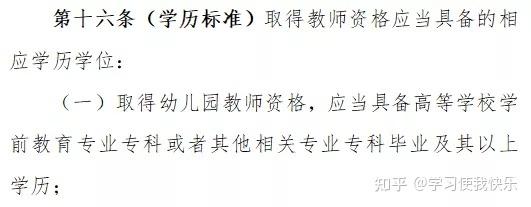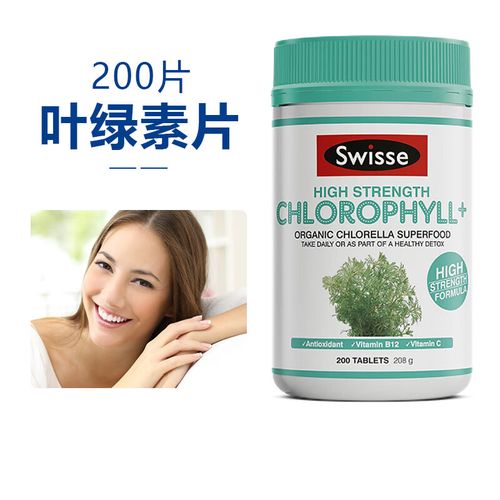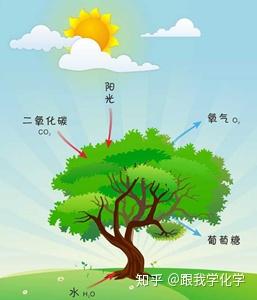
比较级用法:
1、表示"比…更",用比较级形容词+than+比较成分,than后主词的述语动词往往省略,非正式用法的`than后的人称代名词可用受格。
2、表示"较…低; 不及…"用less+原级形容词+than+比较成分。
3、表示两者之中"较…",用the+比较级+of the two。
4、定冠词或指示形容词+比较级+名词表示比较。
5、有少数以ior结尾的形容词,如inferior(次于),junior(年幼的;下级的),posterior(之后),prior(之前),senior(年长的,上级的),superior(优于)等本身就有比较的意思,常与介系词to连用。
6、比较形容词可以被副词如a little(一点),much(得多),even(更加),still(更加),far(…的多)等修饰,但不可用very修饰。
比较级基本句型:
同级比较:
1、由“…as+形容词原型+as…”或“…as+形容词+名词+as…”构成。
My grandpa is as energetic as a young man.
I try to find as much information as I can about what happened.
2、由“…not so (as)+形容词或副词原型+as…”或“…not so (as)+形容词+名词+as…”构成。
Luckily,the weather is not so wet as it is today.
降级比较:
1、由“…形容词比较级+than…”构成。
He is more concerned about others than about himself.
2、由“…many/much more+可数/不可数名词+than…”
My friend earned much more money than I did last year.













